
L'ultimo Istruzione Avanti Veloce dibattito (EFF11) focalizzata su quali elementi dovremmo considerare quando creiamo un modello digitale per migliorare l'apprendimento.
Investimenti in tecnologia è in aumento. Alcuni continuano a rivendicare fa male l'aula. Altri sono più convinto che sta trasformando l'aula in modo positivo. Tuttavia, la maggior parte ora credono che è tutto su come ottenere l'esecuzione del piano di implementazione dell'ICT destra; semplicemente fornendo i dispositivi tecnologici non porta ad un miglioramento dell'apprendimento. L'obiettivo deve essere di trasformare il processo di apprendimento da insegnante-centrato centrato sullo studente.
Un pensatore importante che ha messo a punto un programma coeso è professore Miguel Nussbaum della Facoltà di Ingegneria, Pontificia Università Cattolica del Cile. I suoi sviluppi in questo campo sono state realizzate nelle scuole in Argentina, Brasile, Chile, Colombia, Costa Rica, gli Stati Uniti, Regno Unito, Guatemala, India e Svezia, e sono stati sostenuti dall'UNESCO. Miguel Nussbaum, along with Senator David Coltart of Zimbabwe and Co-founder and Debate Chair of Education of Fast Forward, Gavin Dykes, unirsi a me oggi in Il Global Ricerca per l'Educazione per discutere i nostri risultati nel dibattito EFF11: “Mobile learning per le masse? Aspettative e criteri di successo realistico.”

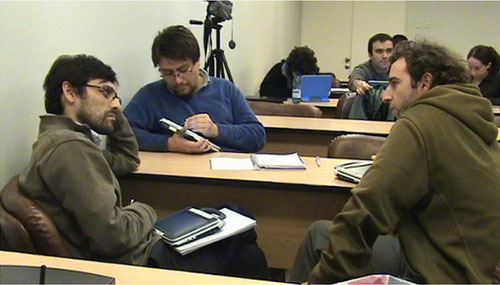
Miguel, come ha influenzato la tecnologia del sistema di istruzione del Cile? Che cosa si vede come i pro ei contro di un punto di vista di apprendimento?
Ci sono prove che la tecnologia non ha influenzato il sistema educativo. Questo non solo ha successo in Cile. Il problema principale è che i progetti del governo di piombo sono stati mirati a introdurre la tecnologia senza considerare le pratiche pedagogiche che sono associati a produrre apprendimento.
Quali strumenti di apprendimento digitali sono stati attuati in Cile? Come è il ruolo dell'insegnante influenzato da questa tecnologia? Che tipo di formazione o di orientamento supplementari sono necessarie per gli insegnanti?
Il rapporto di computer per gli studenti in Cile è di circa 1:9. Teachers have not changed their practice in the past 20 anni; even when they use technology, the teacher-centered classroom is always present. Teacher training has mainly been focused on the technological aspects and not on the methodological ones. Technology allows us to change the classroom dynamics. If we use it in the same way as teachers commonly teach, no improvement in learning will be achieved. It’s about pedagogy not about technology.

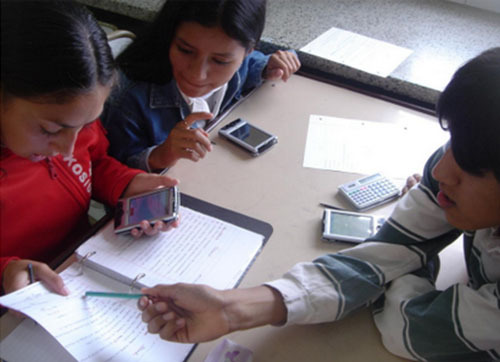
How has technology impacted curriculum design in Chile?
Technology has to be considered as one more element in the instructional design. We have to understand how the power of computers can be integrated with conventional resources to achieve the learning goals. If we don’t understand how all these resources have to be orchestrated smoothly with the teachers practice, no improvement in learning will be obtained. It’s not about being appropriate or not a given resource; it’s about how we integrate all these resources in a harmonic way to reach the learning goal.
What strategies need to be put in place to integrate all these resources in a complementary way to reach the learning goal?
We have to teach for the children and not for the curriculum; we have to know our students needs and determine our learning goals following the children’s capabilities. Insegnanti’ e gli studenti’ goals have to be in sync so that both main actors of learning are aligned to maximize the communication possibilities between both. The activities have to be short and diverse so that students maintain their attention in class. Teachers have to be trained not only in technological and curricular knowledge but also on methodology and formative assessment. Teachers have to be coached during a whole academic year to really comprehend, and make part of their own, the transformation of learning practices that want to be introduced.
What steps have you taken in Chile to realize these goals?
We have constructed a set of orchestrated resources to guide teachers to reach a classroom where students are active learners of their pedagogical process. Teacher coaching guidelines have been developed to support them in the transformation to a classroom where students are the active actors.

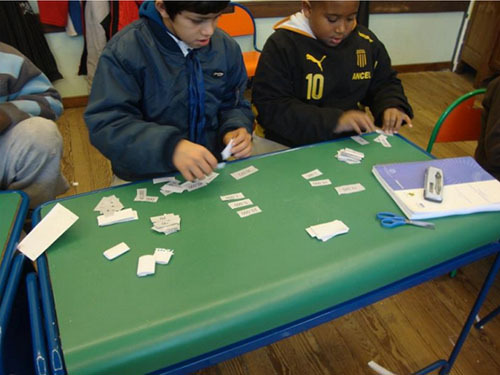
Uomini, what were your most important “take home” points from our EFF11 debate on Mobile learning for the masses?
Gavin Dykes: Globalmente, più di 6.5 Esistono miliardi di contratti di telefonia mobile oggi. Se ogni persona ha due contratti, then mobile is already in the hands of around half the world. Mobile is changing our behavior – but is it helping us reach our fullest learning potential?
While we might celebrate the opportunity of communication for so many, we should plan for reaching the second half of our population and improving access to learning for all. That means access to devices, connectivity, support, valutazione, learning communities and materials.
We should freshly consider what learning should be. We can use mobile’s strength and reach, from simple voice and SMS to the smartest of phones, to learn a new word or phrase each day, to capture portfolios of evidence, to record daily reflections, to identify new opportunities for apps and build them, to be assessed by tracking, and to build and develop our personal learning networks.
Many such practices are recorded in UNESCO’s publications. In policy, strategy and leadership, challenges include refining education’s balance of content, skills and behaviors, and helping learners of all ages to discover that life and the world can be a wonderful school, but school is not the world and life.
Perhaps this is a game of two halves. Mobile has reached the first half. With further innovation and development, our prize should be extending to the second to develop all human capacity and potential. To achieve that we must raise our collective game, be creative in our learning, insegnamento, business strategies, in our education policy and leadership, and above all in our collaboration.
David Coltart: Mobile technology can help impoverished communities leapfrog major obstacles such as the shortage of textbooks and other learning materials, which are expensive and hard to distribute in poor third world countries. Tuttavia, in promoting new technologies it is critically important to ensure that pedagogy, and in particular teacher skills, advance technology. E 'estremamente importante che gli insegnanti siano addestrati all'uso delle nuove tecnologie, se (entrambe le tecnologie e gli insegnanti) are to be employed to best effect.
Miguel Nussbaum: The change in learning will come from the transformation of pedagogy; technology only supports this path. People say assessment is the reason that we cannot change the way we teach. Don’t blame assessment, it’s just the front end of the curriculum. The current curriculum has to be redefined for current needs. We are still under the same curricular structure we were 60 anni fa. L'era digitale è arrivata ed è necessario un impegno attivo. Pensiamo in termini di capacità e non in termini di contenuti. Molti paesi faranno un uso migliore di una macchina per l'insegnante di una macchina per bambino. Tuttavia, abbiamo bisogno studenti attivi. Utilizzare macchina dell'insegnante con display in comune e un dispositivo di input per i bambini per dare loro interattività per consentire loro di imparare al proprio ritmo.
Per altri articoli su apprendimento online : Online Learning


Tutte le foto sono per gentile concessione di Dr. Miguel Nussbaum
Per ulteriori informazioni su Dr. Miguel Nussbaum
Per ulteriori informazioni su Senator David Coltart
Per ulteriori informazioni su Gavin Dykes
Unitevi a me e leader di pensiero di fama mondiale tra cui Sir Michael Barber (Regno Unito), Dr. Michael Block (Stati Uniti), Dr. Leon Botstein (Stati Uniti), Il professor Argilla Christensen (Stati Uniti), Dr. Linda di Darling-Hammond (Stati Uniti), Dr. MadhavChavan (India), Il professor Michael Fullan (Canada), Il professor Howard Gardner (Stati Uniti), Il professor Andy Hargreaves (Stati Uniti), Il professor Yvonne Hellman (Paesi Bassi), Il professor Kristin Helstad (Norvegia), Jean Hendrickson (Stati Uniti), Il professor Rose Hipkins (Nuova Zelanda), Il professor Cornelia Hoogland (Canada), Onorevole Jeff Johnson (Canada), Sig.ra. Chantal Kaufmann (Belgio), Dr. EijaKauppinen (Finlandia), Sottosegretario di Stato TapioKosunen (Finlandia), Il professor Dominique Lafontaine (Belgio), Il professor Hugh Lauder (Regno Unito), Il professor Ben Levin (Canada), Signore Ken Macdonald (Regno Unito), Il professor Barry McGaw (Australia), Shiv Nadar (India), Il professor R. Natarajan (India), Dr. PAK NG (Singapore), Dr. Denise Papa (Stati Uniti), Sridhar Rajagopalan (India), Dr. Diane Ravitch (Stati Uniti), Richard Wilson Riley (Stati Uniti), Sir Ken Robinson (Regno Unito), Il professor PasiSahlberg (Finlandia), Il professor Manabu Sato (Giappone), Andreas Schleicher (PISA, OCSE), Dr. Anthony Seldon (Regno Unito), Dr. David Shaffer (Stati Uniti), Dr. Kirsten Immersive Are (Norvegia), Cancelliere Stephen Spahn (Stati Uniti), Yves Theze (LyceeFrancais Stati Uniti), Il professor Charles Ungerleider (Canada), Il professor Tony Wagner (Stati Uniti), Sir David Watson (Regno Unito), Professor Dylan Wiliam (Regno Unito), Dr. Mark Wormald (Regno Unito), Il professor Theo Wubbels (Paesi Bassi), Il professor Michael Young (Regno Unito), e il professor Zhang Minxuan (Porcellana) mentre esplorano le grandi questioni educative immagine che tutte le nazioni devono affrontare oggi.
Il Global Ricerca per l'Educazione della Comunità Pagina
C. M. Rubin è l'autore di due ampiamente lettura serie on-line per il quale ha ricevuto una 2011 Premio Upton Sinclair, “Il Global Ricerca per l'Educazione” e “Come faremo a Leggere?” Lei è anche l'autore di tre libri bestseller, Compreso The Real Alice in Wonderland, è l'editore di CMRubinWorld, ed è un disgregatore Foundation Fellow.


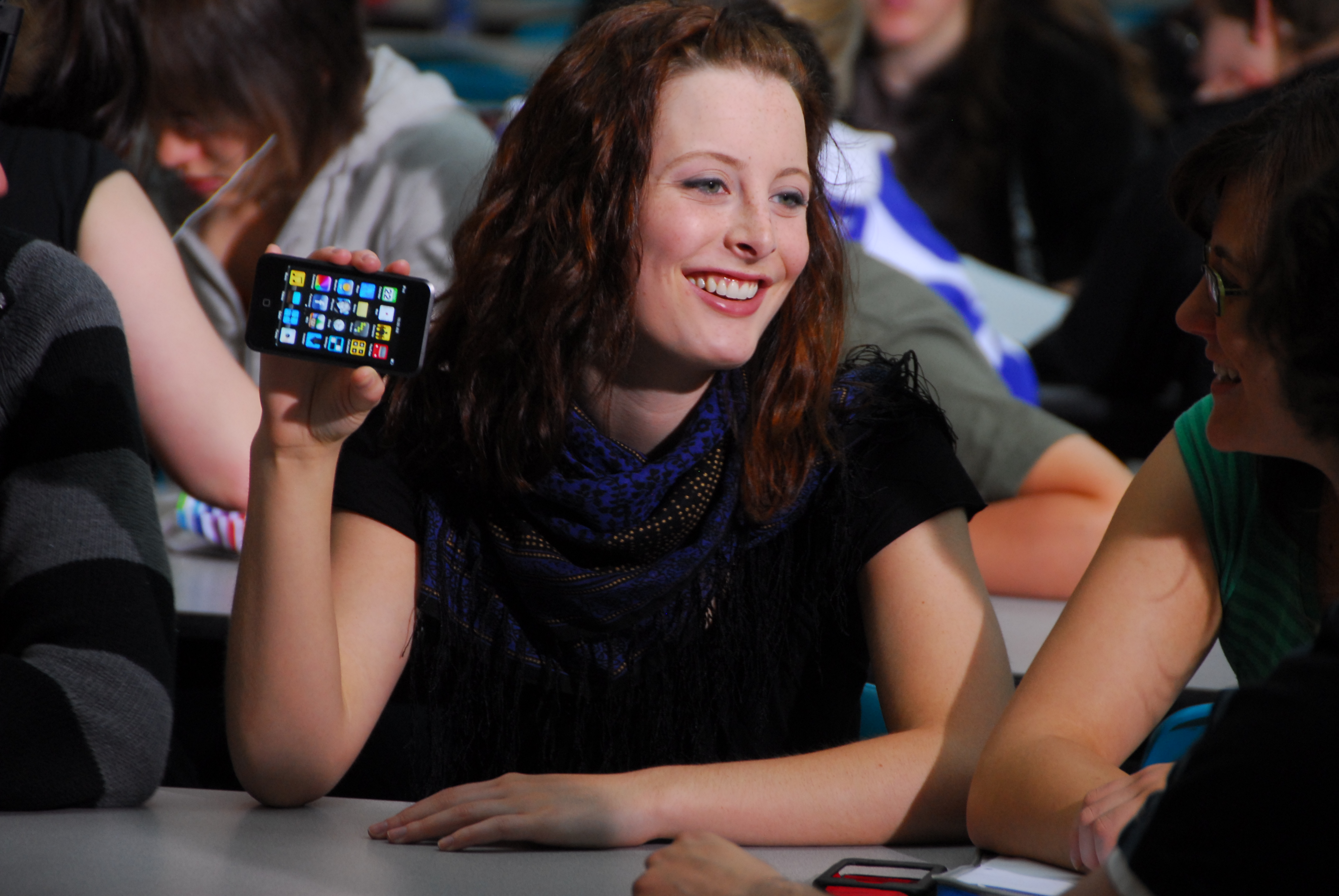
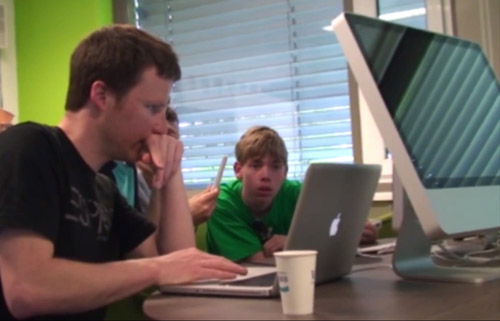
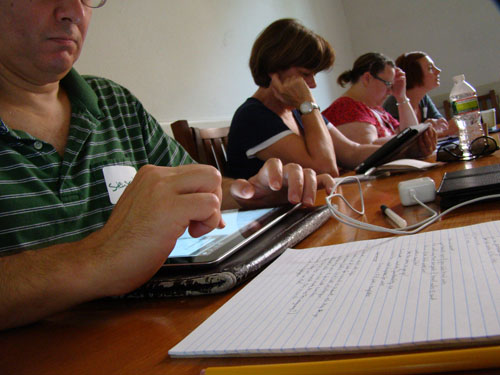
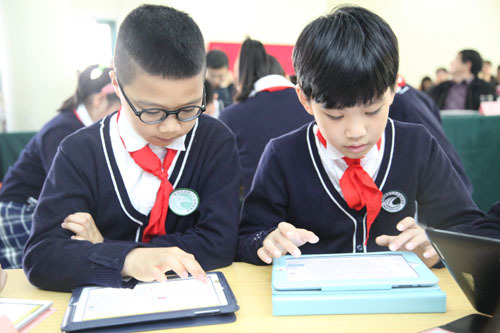
Commenti recenti